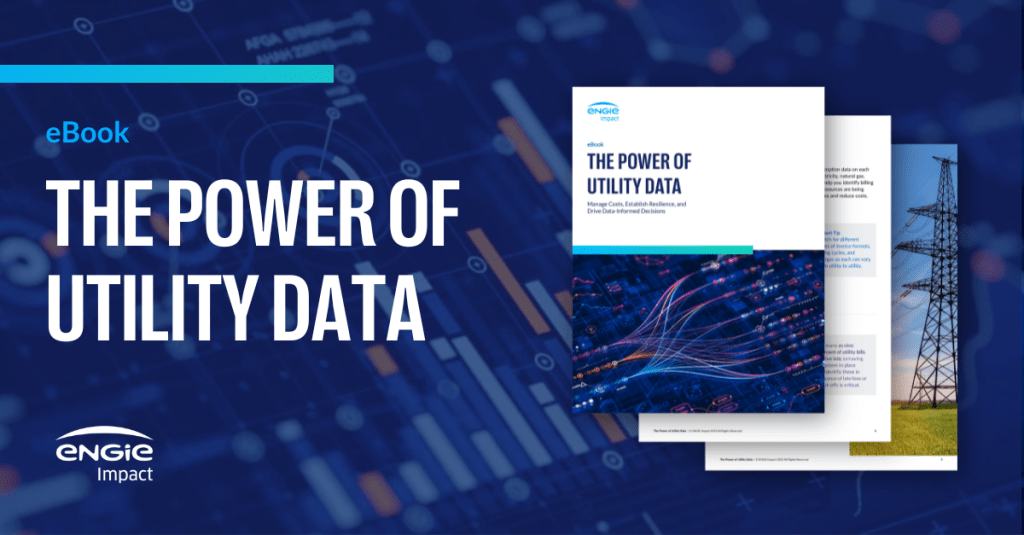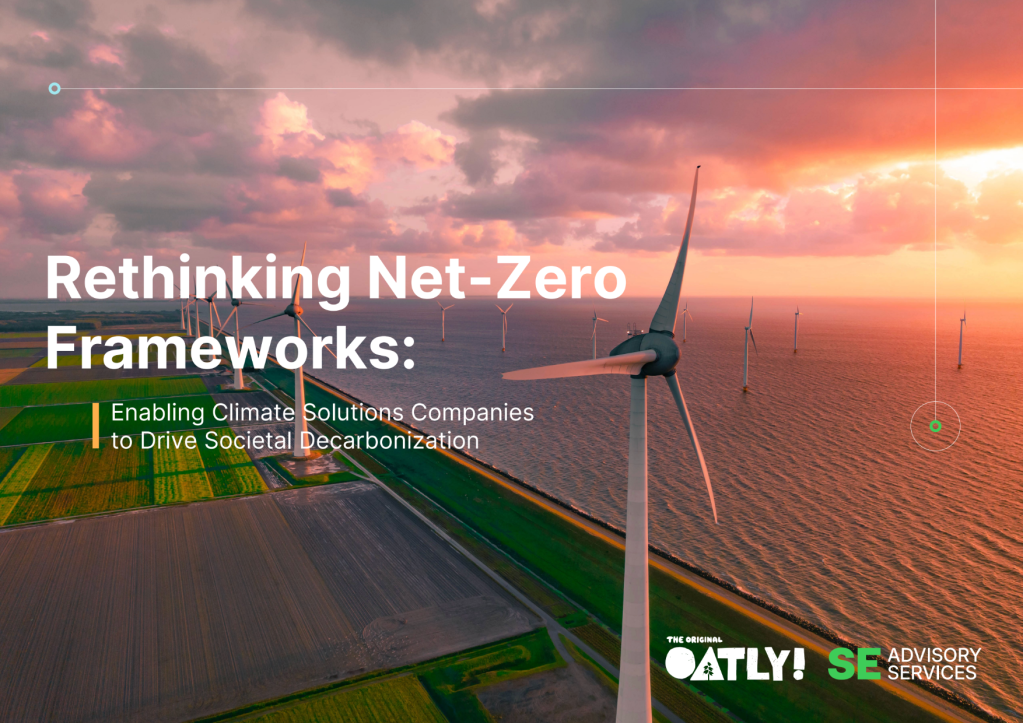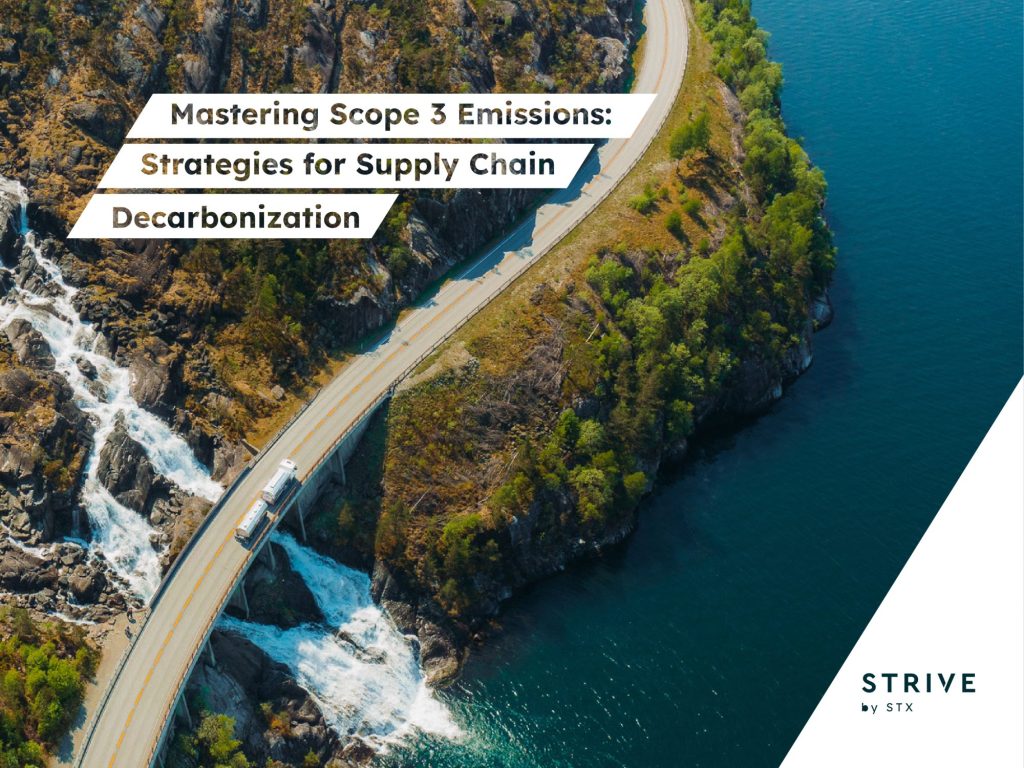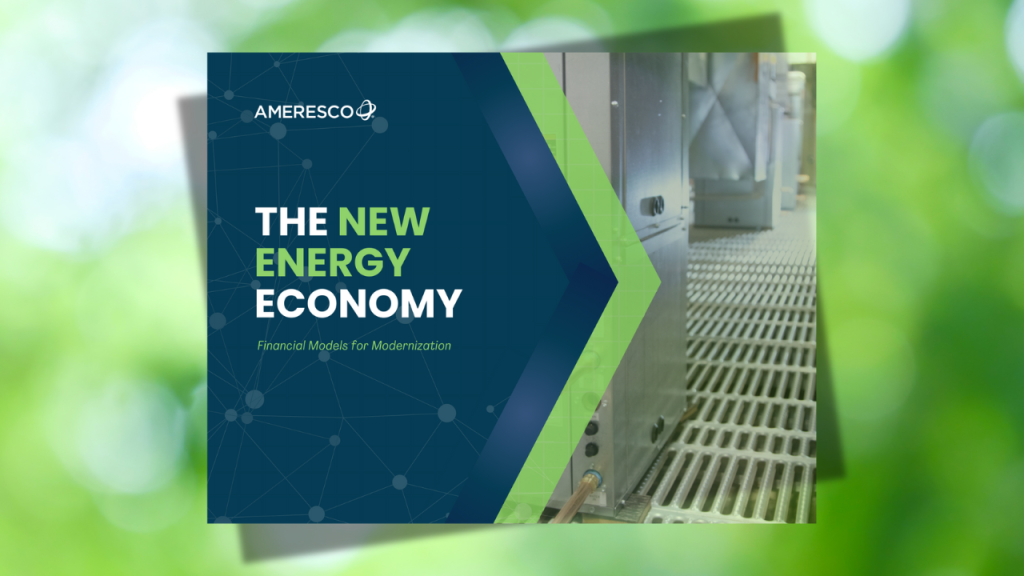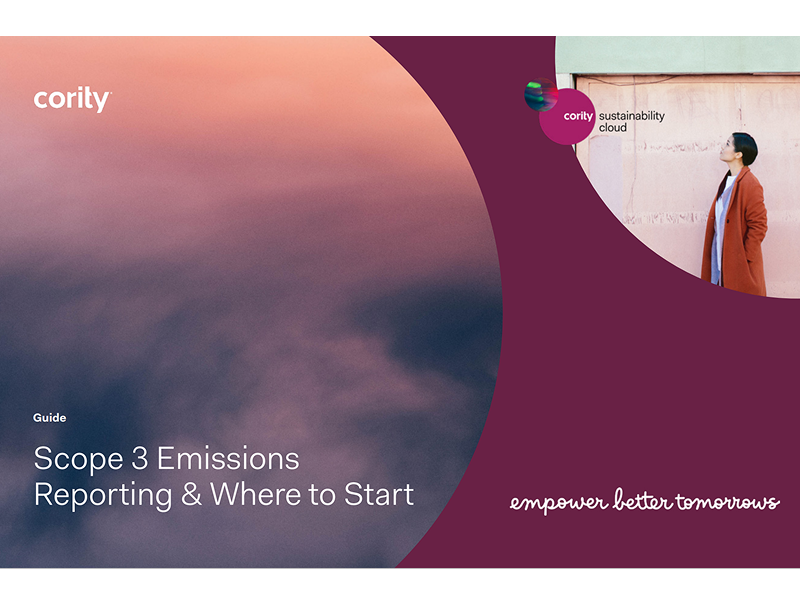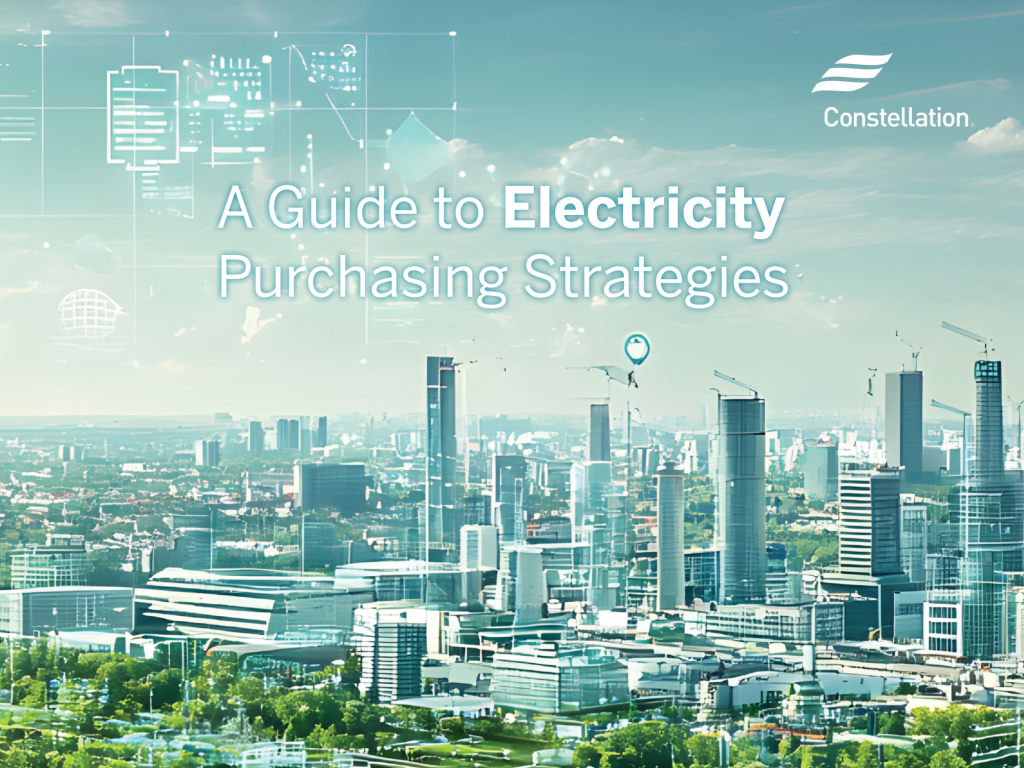Inside Cambrian's water-as-a-service financing model
Beermaker Lagunitas is the first to use a model that borrows from the world of power purchase agreements. Read More
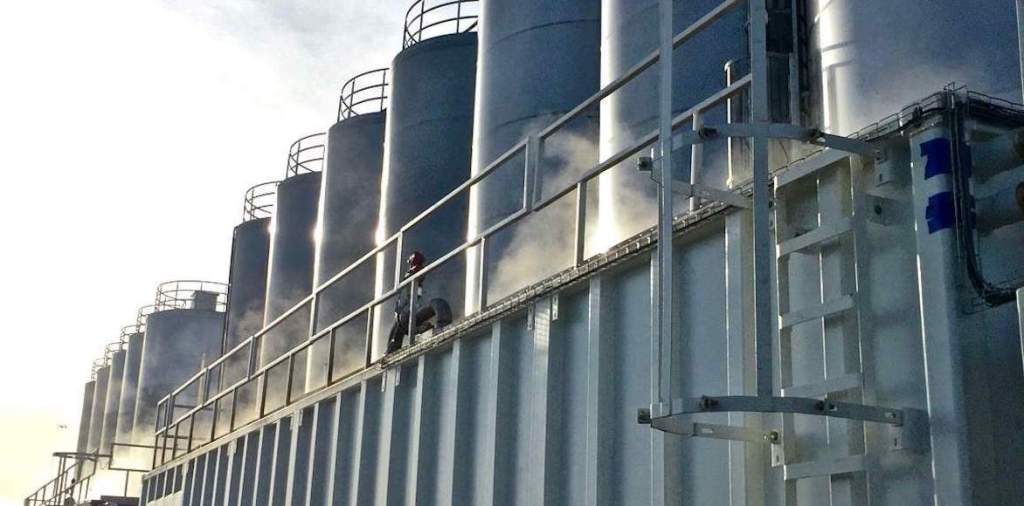
One of the most common observations fielded by wastewater treatment startup Cambrian Innovation after sales visits with prospective customers: “If you could only install this and operate this for us, we’d be ready to go.”
Founder and CEO Matt Silver took those comments to heart. Over the past six years, he quietly hired a team of financial whizzes to figure out how to make it far simpler to buy his company’s EcoVolt technology, a system that cleans industrial wastewater and converts the recovered materials into renewable biogas.
The result: a financing model that borrows from the principles of the power purchase agreements that many corporate renewable buyers are using to invest in solar and wind power resources. Cambrian calls its financing option a water-energy purchase agreement, or WEPA, if you prefer. It launched a $30 million fund in late 2015 to invest in the idea.
Under this arrangement, Cambrian will install and operate its systems, which resemble shipping containers, on a customer’s behalf without requiring the customer to make a capital investment.
The 10-year-old start-up, spun out of a project at the Massachusetts Institute of Technology with backing from NASA, handles operations and maintenance of technology in exchange for a pre-negotiated monthly fee for the service over the lifetime of the contract. According to Silver, if the system doesn’t perform up to expected service levels, the charge is waived. In early December, Cambrian disclosed its first WEPA customer, the newest brewery for fast-growing craft beer company Lagunitas in Azusa, California.
Over the life of the 20-year contract, Lagunitas is projected to save $22.5 million compared with its traditional approach, according to the companies. At the same time, it will have a much clearer view into its ongoing operational costs, especially with respect to energy and water.
“With the WEPA, we’re able to maintain our high level of commitment to sustainable water and energy use while decreasing our utility costs,” said Lagunitas CFO Leon Sharyon in a statement about the contract. “Cambrian will be our partner in managing wastewater treatment, allowing us to focus all of our time and energy on what we love most, brewing beer.”
Lagunitas actually has used an EcoVolt system since 2014 at its facility in Petaluma, California, so it is familiar with the technology. This isn’t just the case of small maverick company acting entirely on its own: the brewery is half-owned by Heineken. The newest installation, scheduled to be up and running by early 2018, will generate an estimated 300,000 gallons of recycled water daily along with about 2.3 million kilowatt-hours of energy annually and 130,000 therms per year of “gross renewable heat.” The brewery’s annual production capacity (at least eventually) is 1 million barrels.
Let’s be flexible
Many of Cambrian’s early customers come from the craft beer and wine industries in California, where the drought has made creativity about water conservation and management a priority. The company said that it has treated more than 15 million gallons of water (so far) for the sector.
The terms of the Lagunitas WEPA contract won’t necessarily be right for everyone; for example, Silver expects most relationships to be 10 years long, rather than the 20-year term that Lagunitas opted to negotiate.
The length will depend, in large part, on whether a company takes advantage of utility-sponsored financing options or state or government tax rebates and other financial support. Examples are the California Public Utility Commission’s Self-Generation Incentive Program or the U.S. Environmental Protection Agency’s new $1 billion credit vehicle, the Water Infrastructure Finance and Innovation (WIFIA) program. That resource is meant generally for projects at $20 million in size, according to the EPA. The general focus of this project — as well as the new administration’s interest in supporting new infrastructure buildouts — give one hope that WIFIA has a chance of surviving under the new president.
Part of Cambrian’s value proposition is its extensive knowledge about how to use these programs to a customer’s best advantage, but they’re not necessary to make an EcoVolt a worthwhile option.
“They’re not required to make the project economical, but they help,” said Silver.






